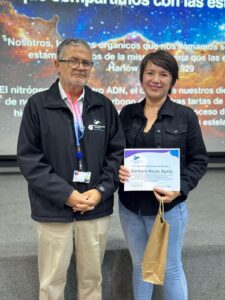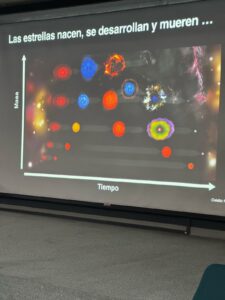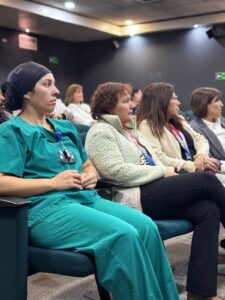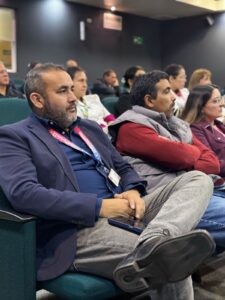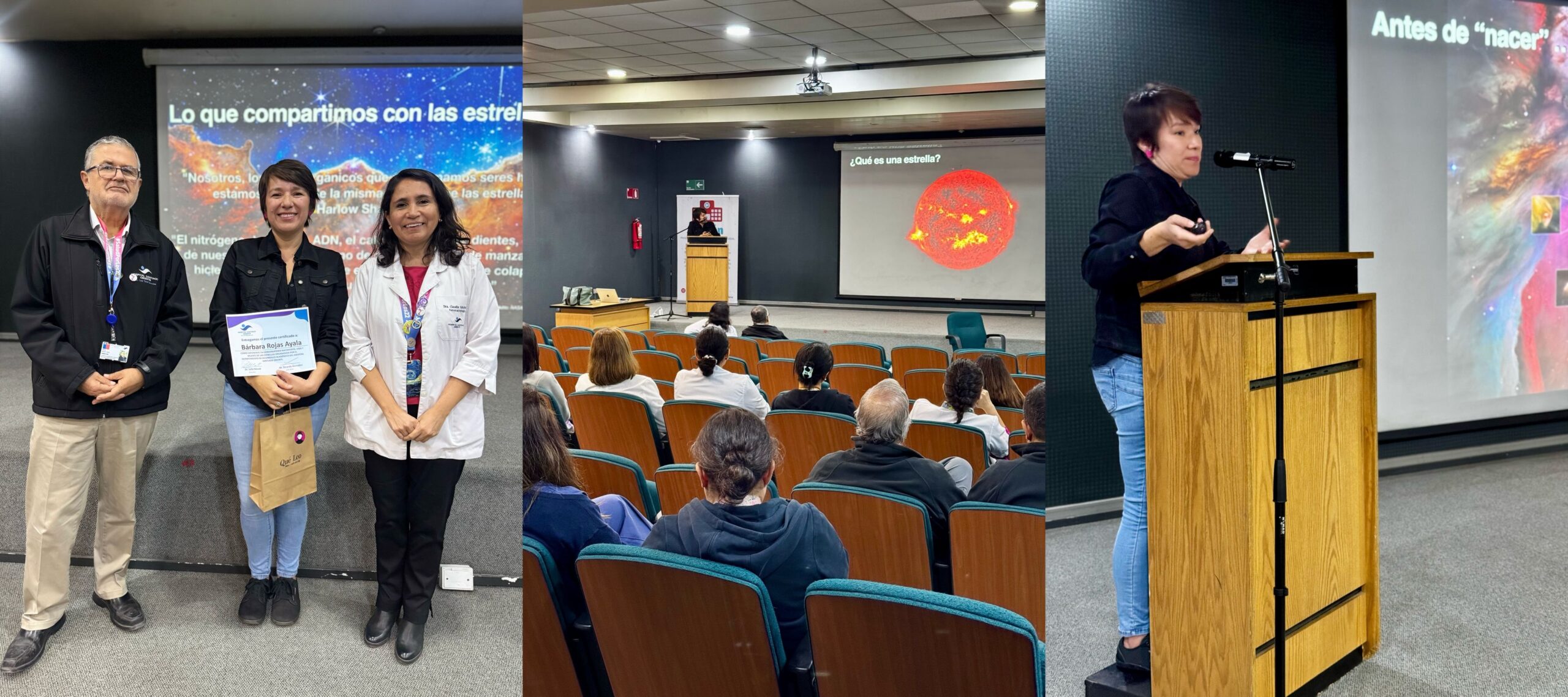
Astronomer Bárbara Rojas-Ayala gives a talk on stellar evolution at Hospital Luis Tisné
Bárbara Rojas-Ayala, Associate Researcher at our Center, gave a talk on stellar evolution at the Luis Tisné Hospital in Santiago. This is the second time that the astronomer attends the hospital as part of an innovative initiative that seeks to bring areas of knowledge closer to health professionals.
The Associate Researcher of the Center for Astrophysics and Related Technologies (CATA) and academic of the Universidad de Tarapacá (UTA), Bárbara Rojas-Ayala, gave a talk on stellar evolution at the Luis Tisné Hospital in Santiago, as part of an innovative initiative that seeks to bring different areas of knowledge to health professionals during their working day.
The activity is part of a series of colloquiums organized within the hospital, led by Dr. Ricardo Gonzalez. Inspired by an experience lived in a hospital in France, the doctor decided to replicate the model in Chile, convinced of the benefits that scientific dissemination can bring to the wellbeing and integral training of healthcare personnel.
“This is the second time I have participated in this event. Last year I was invited to talk about exoplanets and, thanks to the good evaluation of the talk, I was asked to return with a new topic,” said Rojas-Ayala. On this occasion, the researcher prepared an exhibition entitled “Birth, life and death of the stars”, addressing the processes of formation, evolution and death of the stars in a close and didactic way.
The talk was specially designed for an audience composed mainly of health personnel: doctors, midwives, nurses and technicians, who were able to attend during their working hours. For Rojas-Ayala, this characteristic made the experience different from other usual outreach activities. “In general, one usually gives talks in schools, libraries or cultural centers. But here it was very enriching to share with adults who, although they are not astronomers, have an important scientific background from their training in health. In addition, they showed great interest and curiosity, which led to very interesting questions,” he said.
The researcher also valued positively the modality of the colloquia: “I think it is an excellent initiative, because many times health professionals do not have the possibility of attending external scientific events due to their demanding schedules. The fact that they can have access to this type of event within their workplace and during their working day is something that I hope will be replicated in other centers,” she said.
The success of the activity was reflected in the high attendance and enthusiasm of the participants, who not only appreciated the quality of the exhibition, but also the opportunity to approach areas of knowledge that are not traditionally part of their daily work.
The participation of Bárbara Rojas-Ayala in this series of talks reaffirms CATA’s commitment not only to research excellence, but also to scientific dissemination and the democratization of knowledge, taking astronomy to unexpected places and contributing to awaken scientific curiosity in diverse audiences.
“It was very good, because it is focused on adults who are in a health area, where they also had a lot of questions and it is also useful for them, where they can finally attend, because many times these types of activities are carried out in the afternoon hours. It is a good initiative that perhaps other institutions could copy”, concludes Bárbara.
Recent news
-
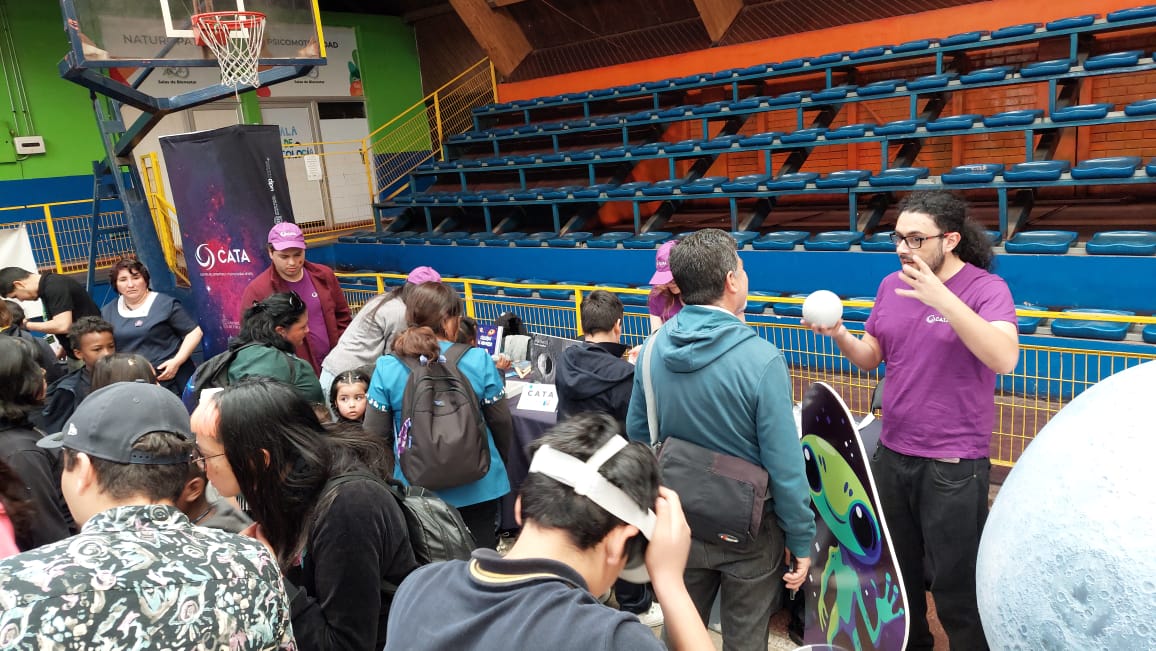 Publicado el: 10/10/2025Families and students from Cerro Navia learned about astronomy at the Science Fair
Publicado el: 10/10/2025Families and students from Cerro Navia learned about astronomy at the Science Fair -
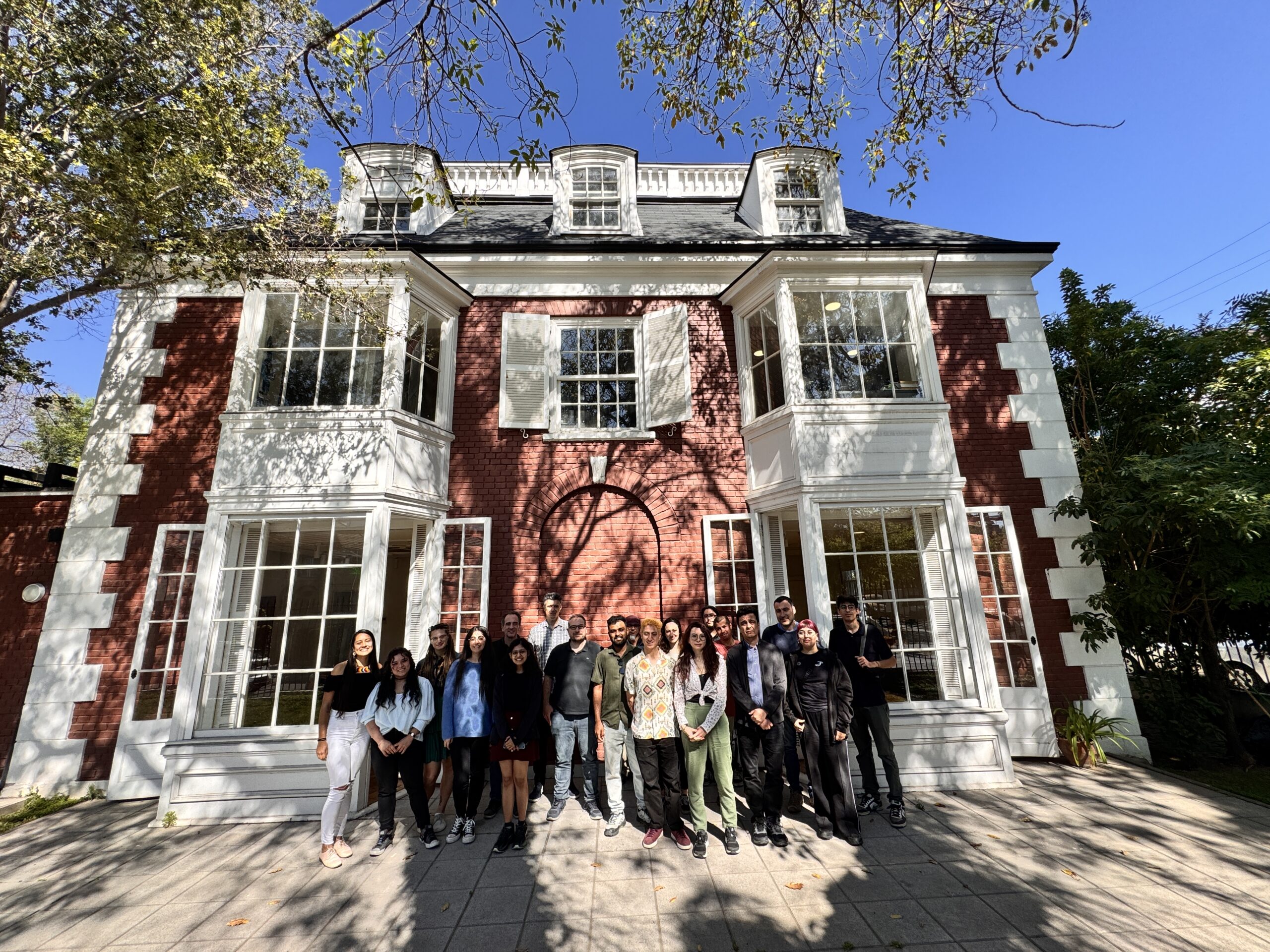 Publicado el: 10/10/2025Researchers from Area 2 of CATA hold annual meeting to plan for the next five years
Publicado el: 10/10/2025Researchers from Area 2 of CATA hold annual meeting to plan for the next five years -
 Publicado el: 09/10/2025Students from San Joaquín learned about the colors of the universe
Publicado el: 09/10/2025Students from San Joaquín learned about the colors of the universe -
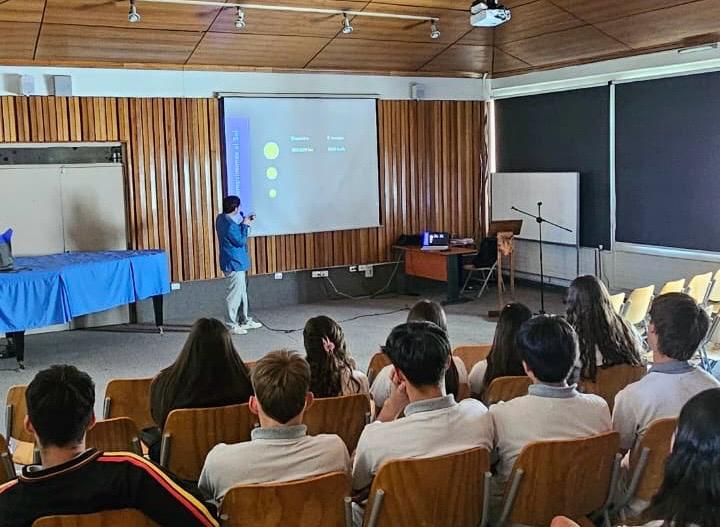 Publicado el: 08/10/2025Students from Las Condes expanded their knowledge about black holes
Publicado el: 08/10/2025Students from Las Condes expanded their knowledge about black holes -
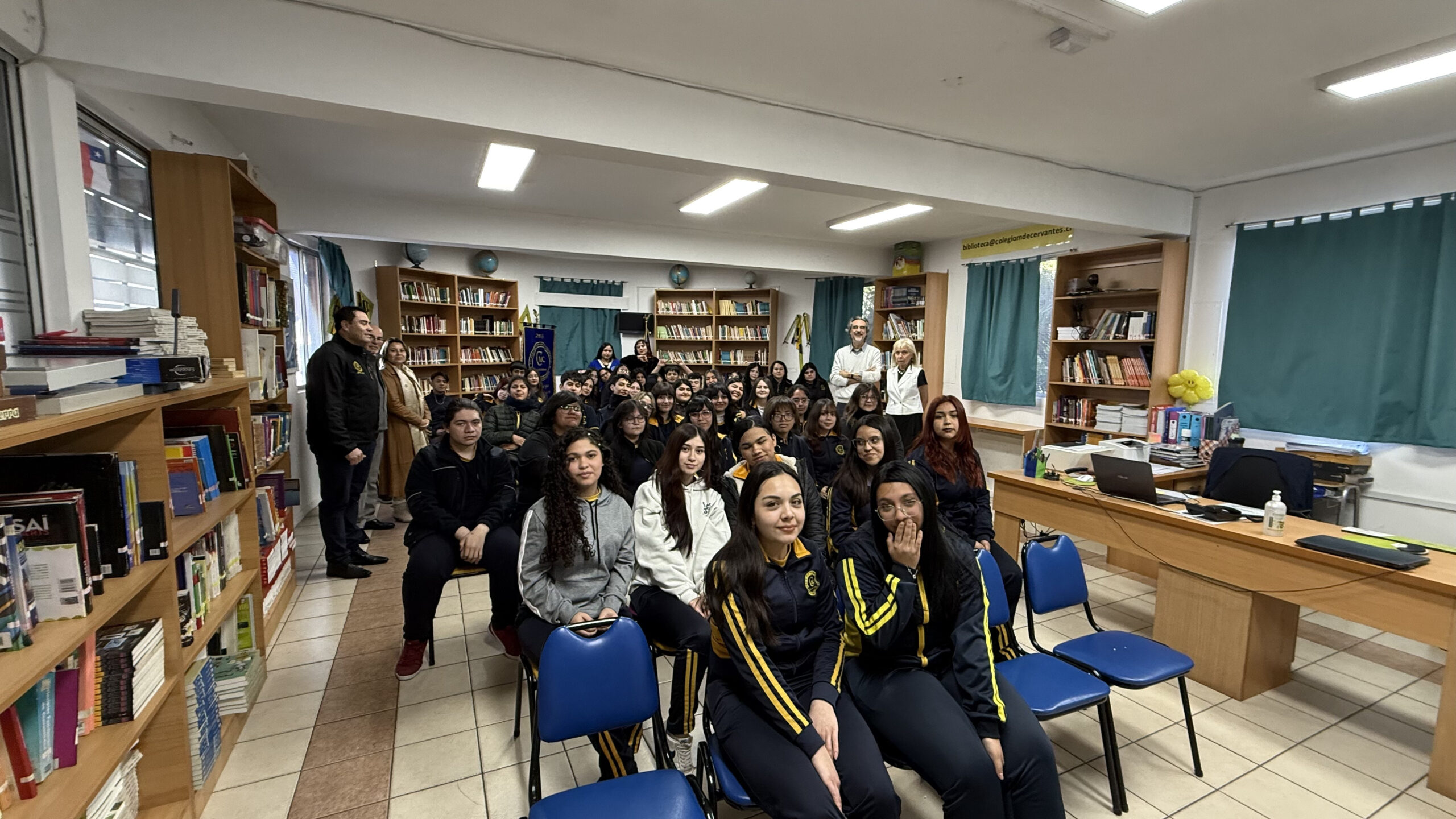 Publicado el: 07/10/2025Students from Miguel de Cervantes School explored the mysteries of the universe alongside an astronomer from CATA
Publicado el: 07/10/2025Students from Miguel de Cervantes School explored the mysteries of the universe alongside an astronomer from CATA
Categories list
- Acknowledgments 21
- Astrobiology 5
- AstroCluster 1
- Black holes 17
- Corporativo 54
- Cosmology 4
- Descubrimientos 22
- Disclosure 69
- Exoplanets 13
- Extension 4
- Galaxies 20
- Galaxies formation 5
- Inter y Transdisciplina 3
- Local Universe 15
- Publications 6
- Sin categorizar 34
- Solar System 18
- Stellar formation 8
- Technology 11
- Technology Transfer 14
